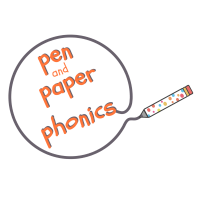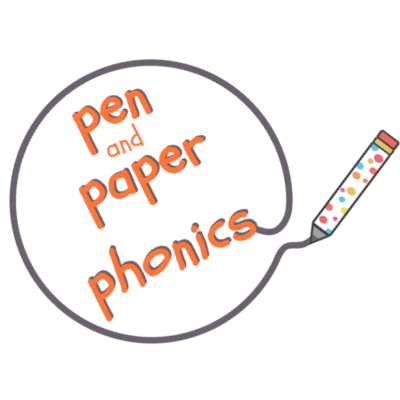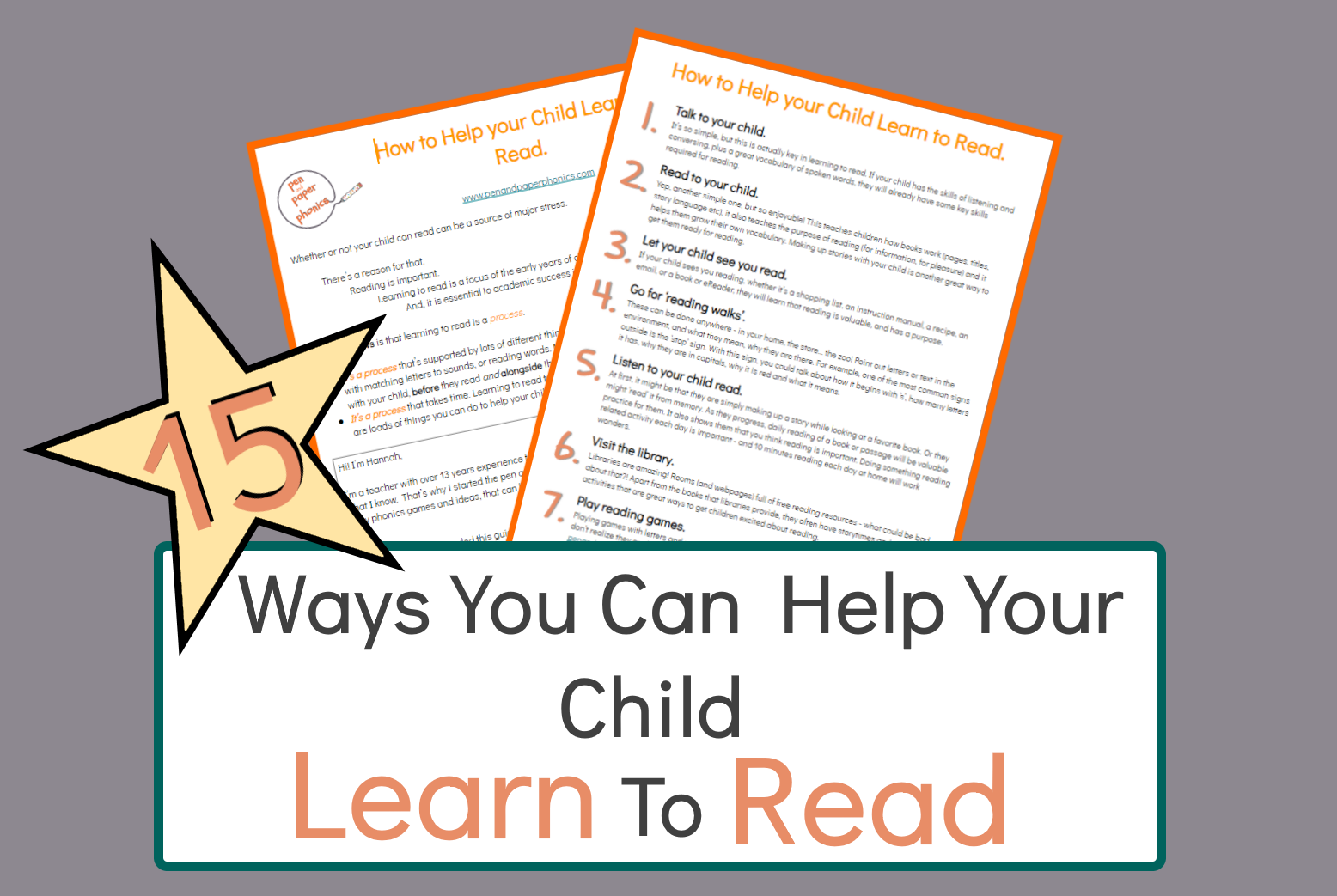The Main Idea:
This is a sight word matching activity.
The goal of this activity is to teach, or to reinforce, how to read words or sounds. This is done by writing words on small cards and turning them over to see if they match.
Sight words can be words that can be sounded out, but they are mainly words that do not follow the regular rules of spelling and so are not sounded out.
The sight words you will use will be based on what your child is working on at the moment. You might have a list you are working through, or you might chose words that you know your child is learning.
If you are unsure of what words to use, scroll down to the bottom of this post to see some helpful lists of words.
Sight Word Matching Activity:
What you will need:
- Small pieces of card: ideally these should be the same size and shape, in two different colors.
- A pen.
- A list of the sight words you want to practice.

- Choose a selection of words you want to practice. It is best to choose a few words that your child knows confidently, as well as some they are working on.
- Write the words on one set of colored card, to make one set of words.
- Then write the words again on a different color of card, to make an identical second set.

How to play:
- Read through the flashcards before you start.
- Arrange them all face up first. Then start to match them. Take turns with this, and try to verbalize what you are matching. For example, “T h e spells ‘the’ … and here is another ‘t h e’. So these match.” With sight words, it is best to say the names of the letters (rather than the sounds) that make up the word. This is because sight words are often irregular so sounding them out does not help.
- When they are all matched up, spread them out again, but this time with the words face down.
- Take turns to turn over two cards to see if they match.
- If they match, then keep the cards. If not, turn them back over, and the other person starts their turn.
- Continue until all the cards are matched.
- Replay as many times as you would like!
- Before you finish the game, gather up the cards and re-read them one more time.

Is this sight words matching activity right for your child?
Sometimes it can be difficult to know if the content of an activity will help your child. For this activity, the questions below might help:
- Can they match all the letters in the alphabet to sounds?
- Are they able to sound out small words and read them?
- Have they started to read short sentences or small books with sight words (such as ‘it’ or ‘the’ in them?
If the answer is ‘yes’, then this is a great activity, to teach or reinforce sight words.
To Note:
Not every game or activity goes to plan! Here are some things to watch out for in this sight word matching activity:
- Try not to use too many words, as the game can become a bit overwhelming. I would say between 6 and 8 words is enough.
- If your child is struggling to match the words, you could color code the words so that it makes it easier to match them. For example, write ‘the’ in the same color, then use a different color for ‘to’.

- Starting off by looking at all the words first might seem too easy, but it is actually a very helpful introduction to the game. It can help your child remember where some of the words are and then give them a head start. It also gives them a hint as to which sight words they are going to read. Then, after a few games, you could start by having all the cards face down.
How to Adapt:
The great thing about this game is that once you have made the cards, you can use them for all sorts of different games. You can:
- use them as flashcards,
- play snap,
- stick them around the house and randomly point and say the word,
- pick a card and hunt for the word in a story that you read with your child.
Here’s how it looked when I did it in ‘real life’!

Resources


